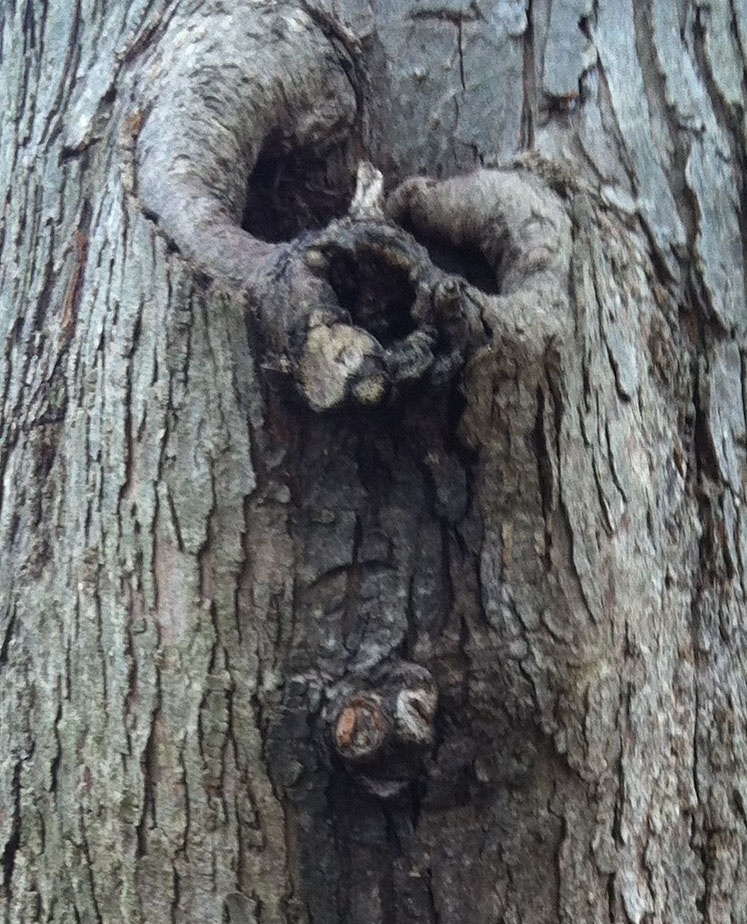Anybody can scare a middle-grader with age-inappropriate scenarios. But what makes a book frightening within a strictly middle-grade world view?
Once my first book came out last month, I braced myself for reader reactions. One thing that I was surprised to hear is that Deadwood can be scary for the youngest middle-grade readers. I didn’t know I was writing a scary book — suspenseful, yes, but scary? It’s not violent or graphic by any means, and I have a low tolerance for gore even as an adult. And it’s about a tree — not high on anyone’s list of spooky things.
Then I realized that the scariness comes from the supernatural occurrence in an otherwise realistic setting. A book is scarier if it seems as if it could really happen in the reader’s world. At 2 a.m., what seems scarier: a tale of a harmless ghost that hums sweet nursery rhymes in the hallway, or a book about a ferocious dragon that terrorizes a medieval village? (Trick question: nursery rhymes are naturally scary.)
But as a principle of spooky tales, familiarity makes frightening, whether the suburban school settings of R.L.Stine or “it happened to someone my cousin knows” of urban legends and campfire tales.

